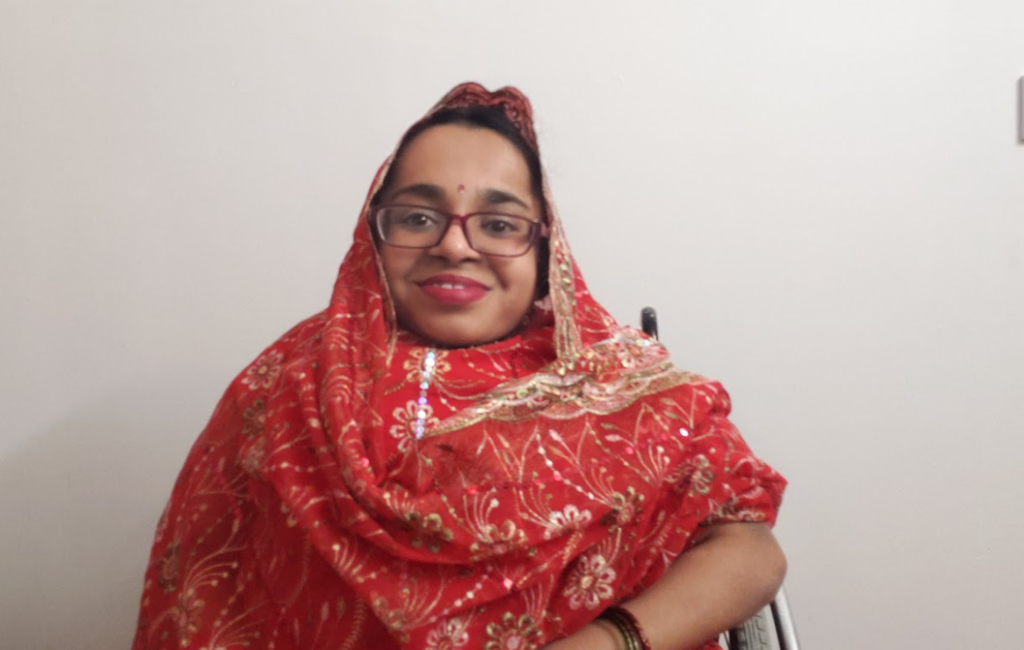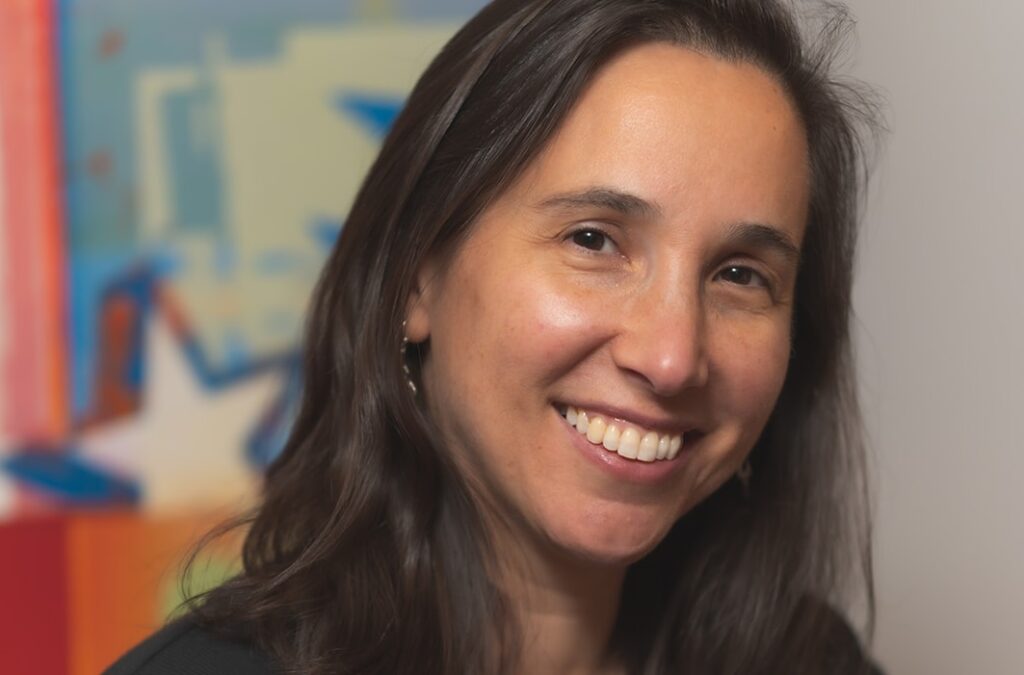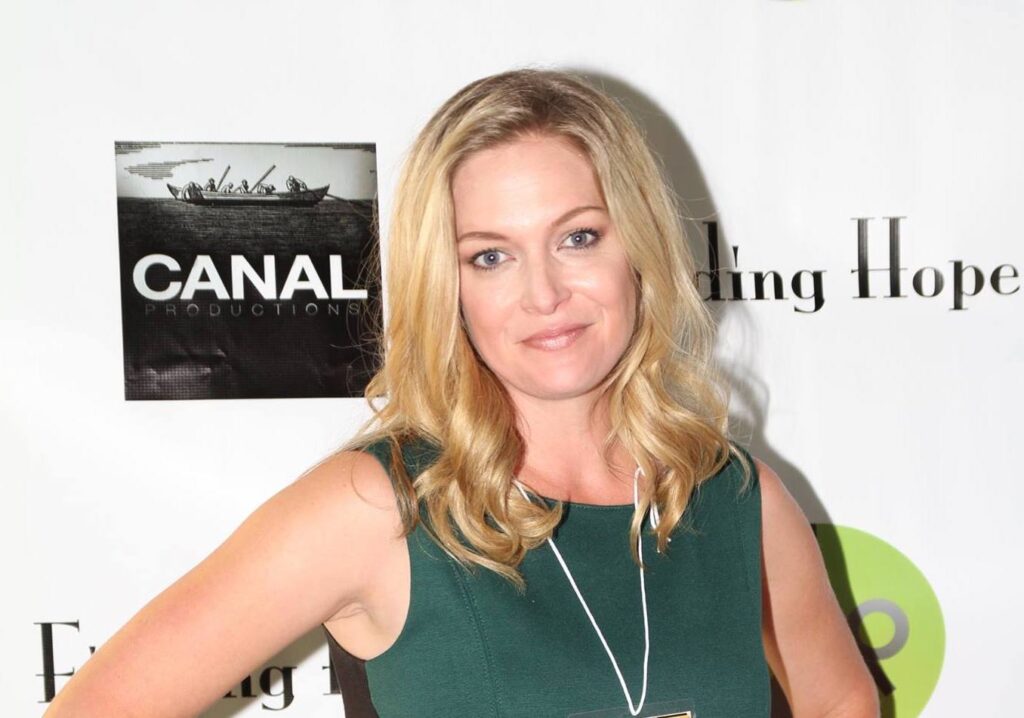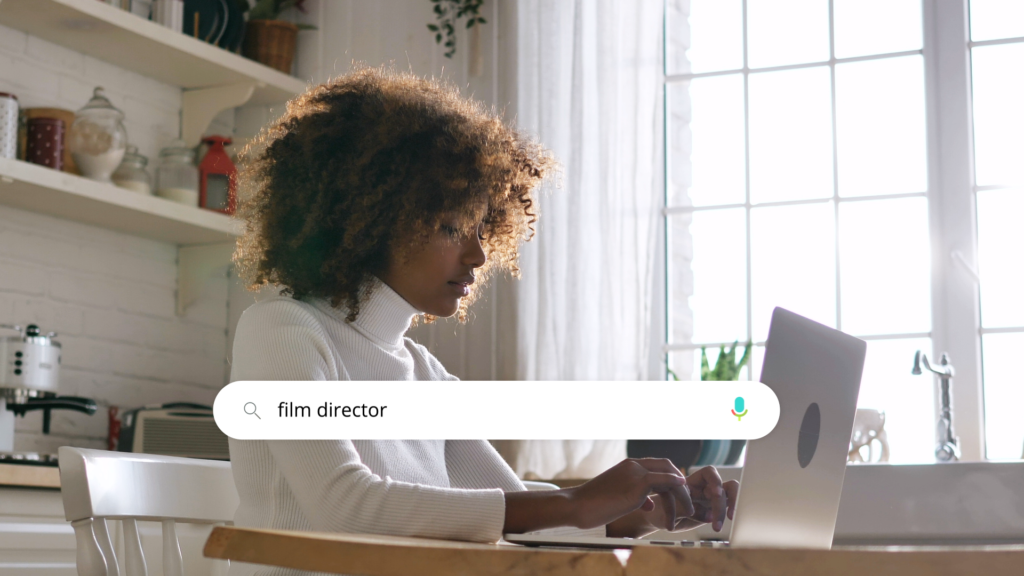By Anna Pakman
As a young girl growing up in the ’90s, I rarely saw anyone who looked like me on television or in the movies. You see, I was born with Cerebral Palsy, a disability that limits my ability to walk but doesn’t limit my ability to do much else.
When I did see characters with disabilities, they often fell into tropes of “super pity”—usually presenting disability as a fate worse than death, like the plot of “Million Dollar Baby”—or “super inspiration,” where people with disabilities are given effusive praise for doing decidedly unremarkable activities like going to a high school prom or simply leaving one’s home. Characters using wheelchairs, crutches, white canes or hearing aids and being portrayed as competent professionals, love interests, or valued friends and family members having but not defined by a disability didn’t exist in the media.
Two decades later, some things have changed, but many are still the same. In 2019, Ali Stroker accepted a Tony Award for her performance in “Oklahoma!” from a wheelchair. And yet, the Tony stage did not have a ramp. Netflix has become home to revolutionary projects like Ryan O’Connell’s “Special,” a semi-autobiographical comedy series about a man with cerebral palsy who changes his life in the wake of an accident, and the Oscar-nominated documentary “Crip Camp,” which features the stories of the advocates like Judy Heumann whose work was the precursor to the Americans with Disabilities Act of 1990. “Special” and “Crip Camp” mark progress, but we still have so far to go.
Despite the glimmers of change and hope, disability is largely excluded from mainstream media. According to The Ruderman Family Foundation’s White Paper on the Challenge to Create More Authentic Disability Casting and Representation, fewer than 2% of characters on television shows were written as having a disability and when they were, only 5% were played by a performer with a disability, despite the CDC’s estimate that every 1 in 4 Americans has a disability of some sort. The White Paper notes that intersectional data isn’t available — a function of the fact that SAG-AFTRA casting reports do not track disability alongside race and gender. The exact figures may not be available, but if you watch TV long enough, you’ll notice that BIPOC characters and working actors with disabilities are even fewer and further between.
Through my work on the business side of the industry, I realized just how critical having a seat at the table was. Anecdotally speaking, it feels likely that you’d have a better chance of getting struck by lightning than meeting a disabled writer or showrunner in Hollywood. When I was the social media manager for “The Glee Project,” coincidentally the show where Stroker got her big break, I couldn’t help but notice that when articles introducing the show’s contestants started rolling out headlines referred to Ali as “wheelchair bound.” The term is widely regarded as offensive by wheelchair users, as we see our mobility equipment as technology that provides us freedom of movement rather than a device that serves to limit or confine. I knew that I had a rare opportunity to fix this, even if it was just for one person and one show, so I immediately rolled into the publicist’s office and sat there while phone calls were made to demand that every publication change the offending language. They did. And in that moment my advocacy to change the way people with disabilities are represented in the media took off.
I dedicated my time to programs like Lights! Camera! Access! and the Reelabilities Film Festival to build talent pipelines and provide a platform for content that offers positive and accurate representation of disabled stories, but the pace of change frustrated me. I realized that if the content that I wanted to see wasn’t being made I needed to be the change I wanted to see in the world and start producing my own work.
Though I had studied at the Upright Citizens Brigade theater, dabbled in screenwriting for years, and was part of a sketch team in grad school, it wasn’t until the COVID-19 pandemic hit that I made my first film through the Easterseals Disability Film Challenge. Started in 2014 by Nic Novicki, an actor with dwarfism, the Challenge gives people with disabilities the opportunity to make a five-minute film based on an assigned genre in just a few days with the goal of elevating disability through high-quality entertaining content, thereby creating a platform for disabled artists to showcase their talent to the industry. My first film, “My Superpower,” released in 2020, was a documentary about how my creative collaborator, Liz Pritchard, overcame bullying and went on to defy the stereotypes behind the labels her disabilities, autism and mental illness, to become a visual artist, video editor and disability advocate.
This year’s entry, “Social Fitness,” is a mockumentary features a motley crew of characters getting back to “normal” after the pandemic. My approach to casting would be considered revolutionary in Hollywood proper. Seven out of my 10 actors had disabilities, but none of my characters were written as having a specific disability. Yet, my characters are authentically disabled because my actors are, and that’s exactly what we need: More images of disabled people going to school, getting jobs, having sex, getting married, or parenting. We need to see ourselves as lawyers, doctors, TV writers, reporters, teachers. We need to see ourselves being good at those jobs—and being bad at them too.
Authenticity sells and, with a discretionary income of $21 billion, the disability community is simply too valuable of a consumer base to ignore. It’s human nature to gravitate towards those things we identify with. Furthermore, non-disabled audiences are also demanding access to these more authentic portrayals. A separate research study by the Ruderman Family Foundation found that “about half of U.S .households support accurate portrayals of disabled characters and would sign up for a content distributor committed to disabled actors.” Bottom line: it pays to be inclusive.
Anna Pakman is an independent filmmaker, digital media executive and disability advocate in New York City. You can follow her @annatated.







